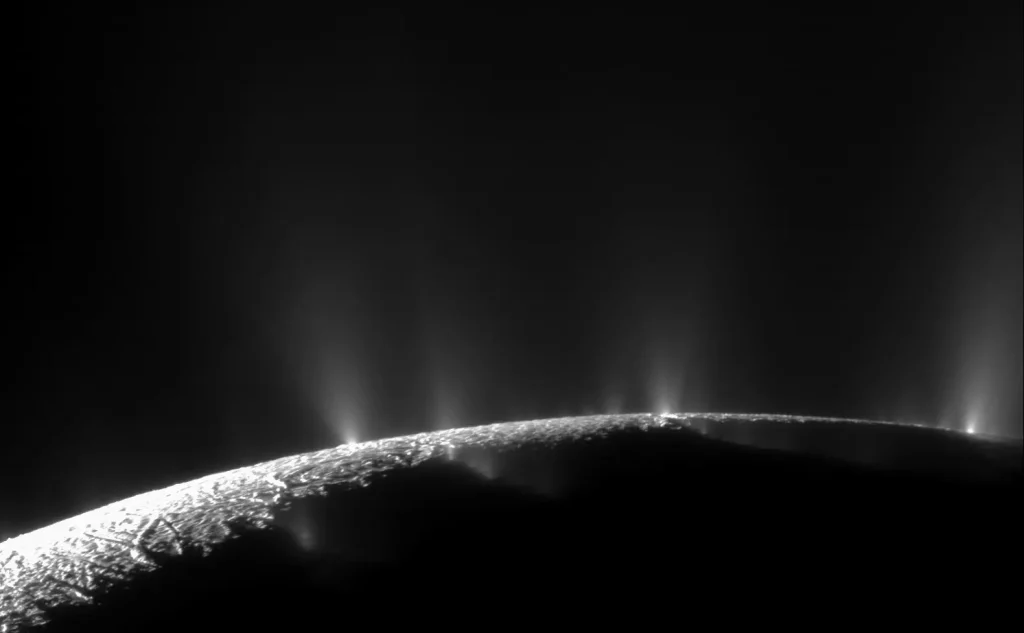There is growing evidence that two moons orbiting planets in our solar system could theoretically support life.Scientists have made numerous discoveries that suggest Jupiter’s icy moon Europa and Saturn’s moon Enceladus may have the conditions necessary for life. oxygen Europa has a liquid ocean beneath its surface, and both moons have liquid oceans beneath their surfaces. Phosphorus, an element essential for life, is found In a column of ice and water erupting from Enceladus.
Recent NASA experiments have found that if life exists on these moons, signs of life such as organic molecules like amino acids and nucleic acids may be detected much closer to the surface than previously thought, despite incredible radiation levels. This is good news for future missions looking for signs of life in a planet with the same gravity as the Sun, as robotic landers would no longer need to dig deep to find signs of life.
“Our experiments suggest that a ‘safe’ sampling depth for amino acids on Europa is about 8 inches at high latitudes in its trailing hemisphere (the hemisphere opposite the direction Europa moves around Jupiter), in an area where the surface has not been significantly disturbed by meteorite impacts,” said Alexander Pavlov, a space scientist at NASA’s Goddard Space Flight Center. In a press release“Detecting amino acids on Enceladus does not require subsurface sampling; these molecules survive radiolysis (breakdown by radiation) anywhere on Enceladus’ surface, less than a tenth of an inch (less than a few millimeters) below the surface.”
To find out, Pavlov and his colleagues took amino acids and mixed them with ice at a cryogenic temperature of minus 321 degrees Fahrenheit. Other samples were mixed with silicate dust as well as ice, simulating the possibility of the presence of material from meteorites or deeper inside the moons. The samples were sealed in airless vials and bombarded with gamma rays, a type of harmful radiation. Others tested what would happen if they grafted the amino acids into dead bacteria, simulating the possibility that microbial life might exist on Enceladus and Europa.
The results were published in the journal Astrobiologyhave demonstrated the rate at which amino acids break down under these conditions, and found that they could survive long enough to be detected by a lander mission, although no such missions are currently planned for either moon.
“The slow rate of amino acid decomposition in biological samples under Europa- and Enceladus-like surface conditions strengthens the case for future landing missions to Europa and Enceladus to measure life detection,” Pavlov said. “Our results indicate that potentially organic biomolecules decompose faster in the silica-rich regions of Europa and Enceladus than in pure ice. Future missions to Europa and Enceladus should therefore be careful when sampling the silica-rich sites of these icy moons.”


